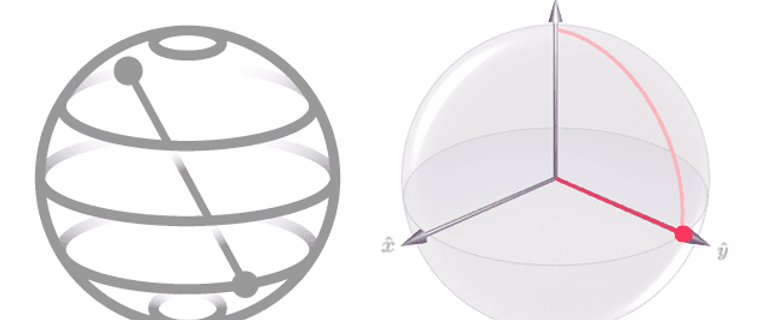Taren Patel

Abstract
An emerging field in STEM called quantum computing is allowing for the unthinkable. Governments, companies, and other organizations often use quantum computers to solve large search or optimization problems: to find efficient allocations of resources to the tasks they need to solve, to schedule work (or classes, like in schools and universities), to search through large data files, to design energy-efficient chips or airplanes, etc. For many such tasks, quantum computers can offer significant speed-ups [1]. This is only one of the applications of quantum computers, but quantum computers become more practical as data increases. A problem with quantum computers is taking a quantum circuit and mapping it onto a quantum hardware layout. When mapping circuits on the hardware, there are different optimization levels that can improve results, but each optimization level comes with caveats, tradeoffs between speed and accuracy. This paper examines the effects of each optimization level on a variety of generated circuits. This work is important for understanding which circuit complexities work best with which optimization level.